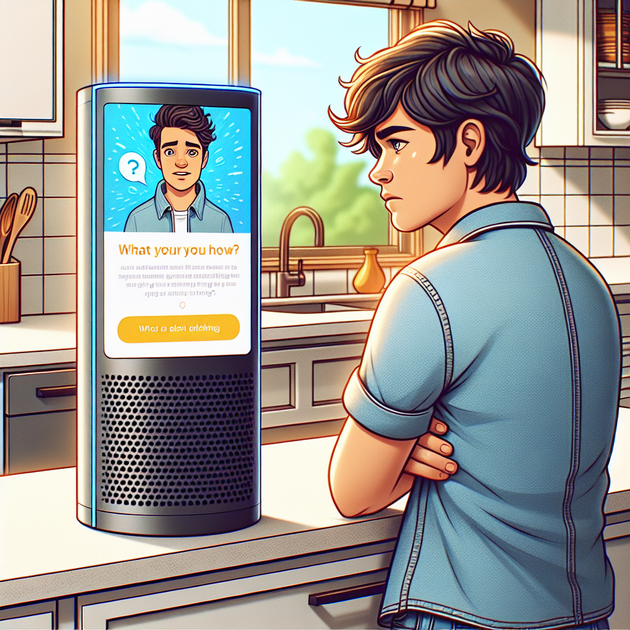Have you ever bought something to make life easier, only to feel like it’s making things more annoying? That’s exactly what’s happening for many Amazon smart display owners right now. These devices, like the Echo Show, were supposed to help organize our days and connect us with information hands-free. But lately, a growing number of users are speaking out about feeling overwhelmed by unexpected ads popping up on their screens.
Why Are Amazon Smart Display Buyers Upset?
Amazon smart displays have become popular in kitchens, living rooms, and bedrooms because of their promise: voice-activated assistance, photo displays, and seamless integration with smart home routines. However, recent updates have led to a surge in advertising on these devices. Instead of just showing helpful reminders or weather updates, screens are now filled with product suggestions, movie trailers, and promos for Amazon services.
This shift is leaving many users feeling like they’re renting out space in their homes for Amazon’s marketing efforts. The frustration stems from a few main issues:
- Unwanted interruptions: Ads often appear without warning, disrupting routines or covering up the time and upcoming calendar events.
- Lack of control: Settings to limit or disable ads are limited or confusing, causing users to feel powerless.
- Privacy concerns: Many fear that data collected from their daily habits is being used to target them with even more personalized ads.
- Broken trust: Buyers expected a helpful assistant, not a billboard in their home.
How Did We Get Here? The Shift in Amazon’s Strategy
Amazon has a long history of using its devices to promote its own ecosystem, but there was a time when the advertising felt subtle or even helpful. Over the past year, though, several tech outlets have reported a significant increase in aggressive ad placement on smart displays. According to CNET’s review of the Echo Show 8, even basic screensavers now come bundled with product pitches.
The reason is simple: Amazon is doubling down on advertising as a revenue stream. As sales of devices plateau, companies look for new ways to profit from existing products. That means more ads for users—whether they like it or not.
What Can You Do About Ads on Your Amazon Smart Display?
If you already own an Amazon smart display and want fewer ads, your options are limited but not impossible. Here are some steps to try:
- Turn off “Personalized Content” in your device settings.
- Disable “Upcoming Features” and “Notifications” that often deliver promos.
- Change your home screen preferences to focus on photos or calendars instead of Amazon suggestions.
- Set up “Do Not Disturb” during certain hours to limit interruptions.
- Consider using a third-party digital photo frame or Google Nest Hub, which tends to be less ad-heavy.
Just keep in mind that some ads may be built into software updates, so even these tweaks might not get rid of every promotion.
An Anecdote from Everyday Life
A friend of mine recently set up an Echo Show in her kitchen, hoping to keep track of recipes and family appointments. Within days, she found herself annoyed by constant pop-ups for Amazon Prime Video and limited-time deals. One morning, she glanced over at the display for her daily schedule—only to be greeted by an ad for a kitchen gadget she had just browsed online. “It’s like having a salesperson in my house,” she said, half-joking but fully exasperated.
She tried digging through menus to turn off as many notifications as possible, but some ads just kept coming back after every software update. Eventually, she covered up the display except when cooking, turning what was meant to be a helpful assistant into an occasional-use device.
Is It Time to Rethink Smart Displays?
With so many people regretting their purchase of Amazon smart displays because of intrusive ads, it’s natural to wonder if these devices are still worth it. Alternatives like Google Nest Hub and smart displays from Lenovo offer similar features with fewer ads for now. But as companies look for more ways to monetize our attention, no smart device may stay ad-free forever.
If you’re considering a smart display—or already have one—it’s wise to research current user experiences and privacy policies before settling in for the long haul. For now, it seems many folks are left deciding whether the convenience is worth the cost of being constantly sold to at home.
What’s your experience with smart displays and ads? Would you stick with your device, or are you ready for a change?

Leave a Reply